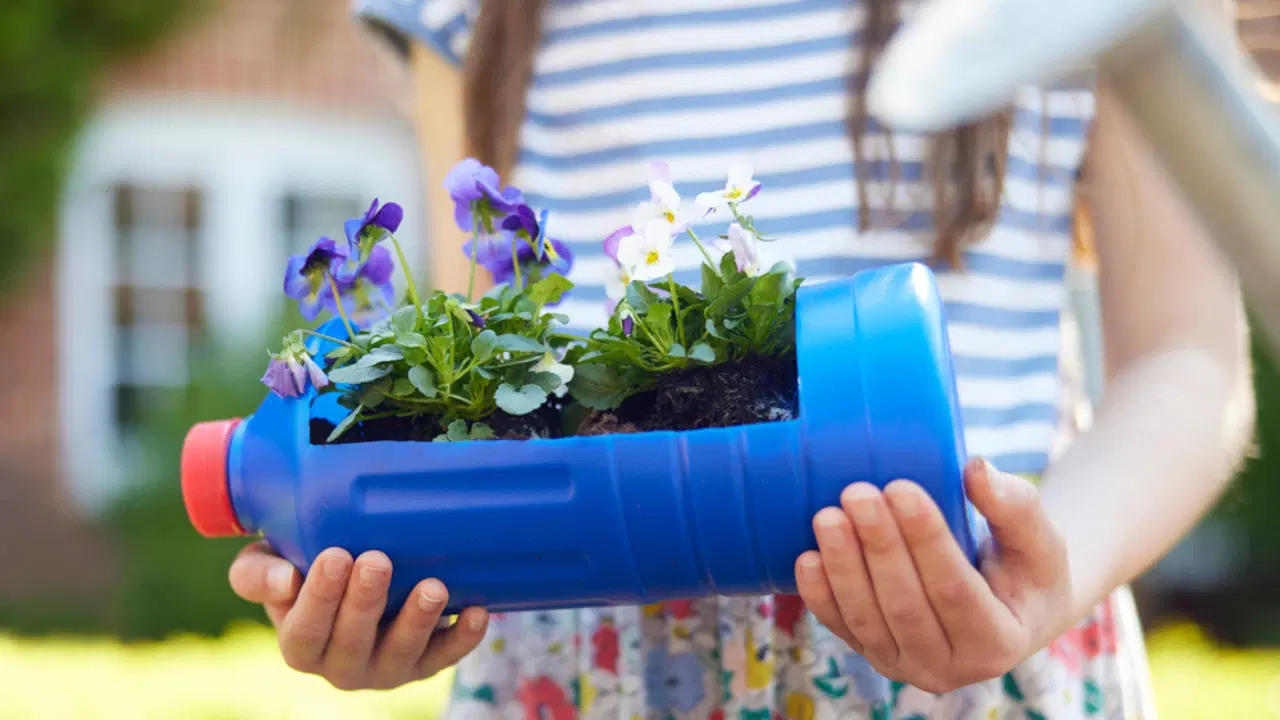If you’re looking for eco-friendly ways to repurpose plastic bottles and reduce waste in your garden, you’re in the right place! Here are 10 innovative ways to turn plastic bottles into valuable gardening tools that benefit both your plants and the environment.
1. Drip Irrigation System
One of the simplest and most effective uses for old plastic bottles is creating a homemade drip irrigation system. To do this, cut the bottom off a plastic bottle and poke small holes in the cap or neck. Bury the bottle upside down near your plant, ensuring the holes are about four inches (10 cm) below the soil surface. Fill the bottle with water, and as it slowly drains, it provides a consistent moisture supply directly to the plant’s roots. For a slower release, try inserting a sponge into the neck of the bottle instead of drilling holes.
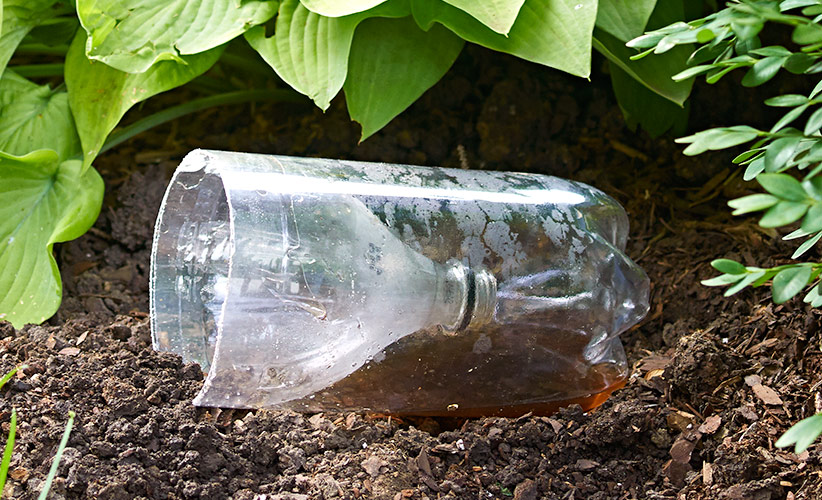
2. Watering Can for Seedlings
Plastic bottles can also serve as gentle watering cans for delicate seedlings. To make one, use a thumbtack to create small holes in the cap of an empty plastic bottle. The smaller, softer flow is perfect for newly sprouted seeds and fragile plants, ensuring they receive water without being overwhelmed by a heavy spray.
3. Seedling Protection with a Cloche
Protect your seedlings from extreme temperatures and pests by using plastic bottles as mini greenhouses. Cut off the bottom of a clear plastic bottle and place it over your young plants. This simple cloche shields them from cold winds and helps them acclimate to outdoor conditions. You can even secure the bottle in place by pushing it into the soil or adding a cane for extra stability.
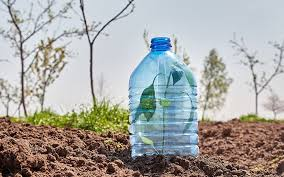
4. DIY Garden Scoop
Turn a milk bottle or another sturdy plastic bottle into a useful garden scoop. Mark a diagonal line about an inch (3 cm) from the handle, then cut along the line to form a scoop. This tool is perfect for transferring soil, compost, or other gardening materials without the mess.
5. Fruit Picker
Need to reach high-hanging fruits? Repurpose a plastic bottle to create an extendable fruit picker. Cut a circle from the bottom of the bottle and attach it securely to a pole or cane. This simple yet effective tool makes picking fruit from tall plants much easier.
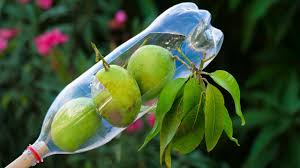
6. Recycled Planter
Plastic bottles are great for creating small, portable planters. Cut a bottle in half, drill drainage holes in the bottom, and fill it with soil. You can use the top part as well by making drainage holes in the cap. Attach your bottle planter to a post or trellis for a quirky, vertical garden feature.
7. Self-Watering Container
Create a self-watering planter using a plastic bottle and a strip of fabric. Cut a bottle into two-thirds of its height, make a hole in the lid, and thread the fabric through it. Fill the bottom part with water and place the top part upside down into the bottom. The fabric acts as a wick, drawing water up to keep your plants hydrated consistently.
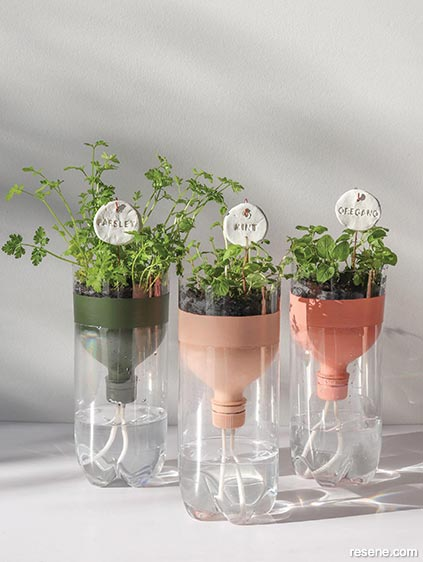
8. Seed Flats
Plastic bottles can be transformed into seedling trays. Cut a bottle vertically or horizontally to create a shallow seed tray, then pierce holes in the bottom for drainage. Fill with soil, sow your seeds, and you’ve got a sustainable growing tray.
9. Reusable Plant Labels
Don’t toss the leftover bits of plastic from your bottle projects. Cut them into strips to create reusable plant labels. Write on them with a marker, and when you’re done, simply wipe them clean or let the sun fade the ink, and they’re ready to be reused.
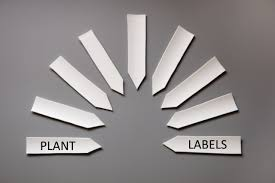
10. Plastic Bottle Greenhouse
For a larger-scale project, consider building a greenhouse from recycled plastic bottles. You’ll need hundreds of bottles to construct walls and a roof, so start saving them. Cut off the bottoms, thread them onto stakes, and secure them to a wooden frame. With patience and creativity, you can build a unique, eco-friendly greenhouse that helps you grow your plants year-round.
By reusing plastic bottles in your garden, you not only reduce waste but also create valuable resources that help your plants thrive. Give these ideas a try and enjoy the satisfaction of knowing you’ve found innovative, sustainable ways to garden!
